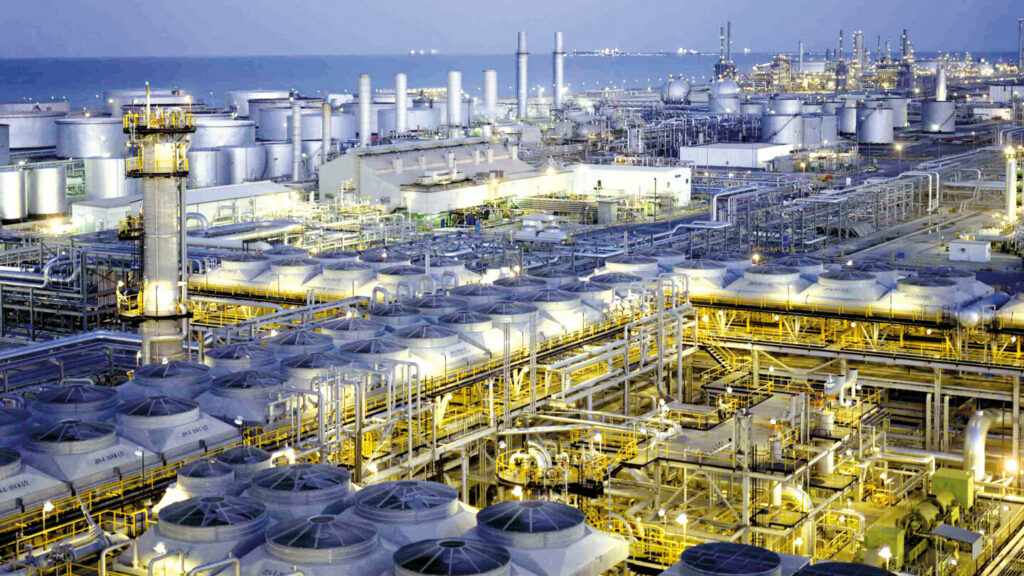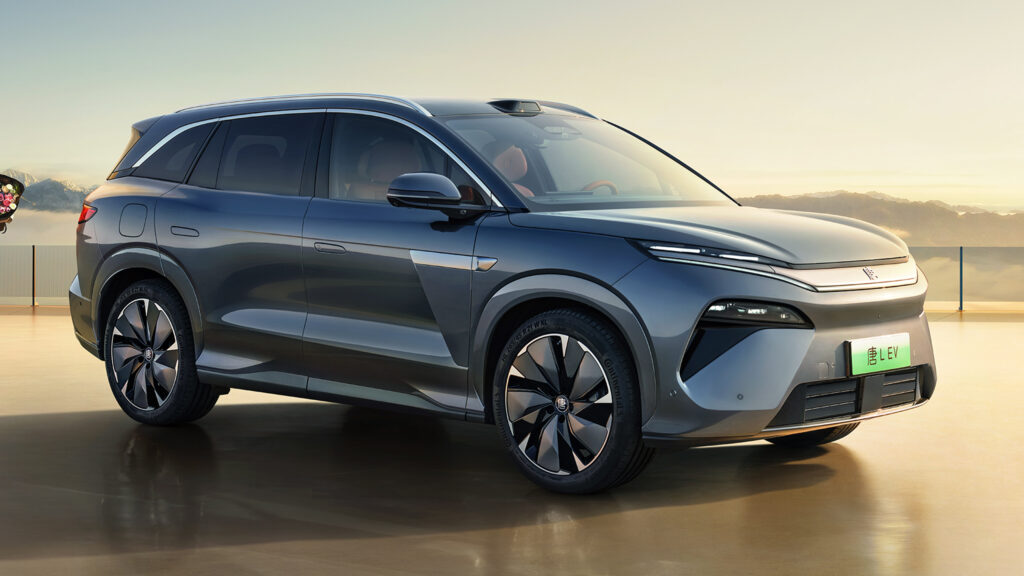- Saudi Aramco wants to optimize transport efficiency and explore innovative tech.
- BYD sells only plug-in hybrids and electric vehicles, making it an obvious partner.
- The oil producer is also involved in Renault and Geely’s Horse Powertrain joint venture.
Saudi Aramco, the world’s largest oil producer and fourth-largest company by revenue, knows that the days of relying solely on oil are numbered. In a bid to future-proof itself, the company has entered into a partnership with BYD, the world’s second-largest manufacturer of electric vehicles, to collaborate on new energy vehicle technologies.
var adpushup = window.adpushup = window.adpushup || {que:[]};
adpushup.que.push(function() {
if (adpushup.config.platform !== “DESKTOP”){
adpushup.triggerAd(“0f7e3106-c4d6-4db4-8135-c508879a76f8”);
} else {
adpushup.triggerAd(“82503191-e1d1-435a-874f-9c78a2a54a2f”);
}
});
A Joint Development Agreement was signed by Saudi Aramco Technology Company and BYD this week. It “aims to foster the development and innovative technologies that enhance efficiency and environmental performance” as they are seeking “new energy vehicle breakthroughs.”
Read: This Tiny Engine Turns EVs Into Gas Hybrids
Limited details have been announced about the partnership, but it could have far-reaching effects across the automotive industry. As two titans of their respective industries, Aramco and BYD have huge amounts of power and can set trends and redefine markets that their competitors will have to follow.
Aramco says it is working to optimize transport efficiency, exploring advanced powertrain concepts and working on lower-carbon fuels. The Saudi giant believes that “multiple approaches” are needed for a practical energy transition.
“At the crossroads of technological innovation and environmental protection, BYD always believes that true breakthroughs come from openness and collaboration,” the company’s senior vice president, Luo Hongbin, said according to a Business Inquire report.
“We expect that SATC and our cutting-edge R&D capabilities in new energy vehicles will break the boundaries of geography and mindset to incubate solutions that combine highly-efficient performance with a lower carbon footprint. We are confident that this will support the world’s efforts to address the climate challenge.”

BYD no longer sells any consumer vehicles without a plug. Last year, it sold 4.27 million new energy vehicles. Of these, roughly 1.7 million were BEVs, while the remaining 2.48 million were PHEVs.
More: BYD’s Concepts Are All About Gold, Dragons, And Video Games
var adpushup = window.adpushup = window.adpushup || {que:[]};
adpushup.que.push(function() {
if (adpushup.config.platform !== “DESKTOP”){
adpushup.triggerAd(“bb7964e9-07de-4b06-a83e-ead35079d53c”);
} else {
adpushup.triggerAd(“9b1169d9-7a89-4971-a77f-1397f7588751”);
}
});
In China, the term new energy vehicles refers to those that are powered in part or primarily with electricity and alternative fuels. They include plug-in hybrids, battery electric vehicles, and fuel-cell EVs. Aramco will logically be eager to grow the reach of BYD‘s plug-in hybrid models, which retain an internal combustion engine running on gasoline.
This partnership with BYD isn’t the only move Aramco is making in the automotive industry. The Saudi juggernaut also owns a stake in Horse Powertrain, the partnership between Renault and Geely that aims to develop and produce innovative new combustion engines. Earlier this week, Horse unveiled a hybrid powertrain concept that can add a small combustion engine to existing electric vehicle platforms.
var adpushup = window.adpushup = window.adpushup || {que:[]};
adpushup.que.push(function() {
if (adpushup.config.platform !== “DESKTOP”){
adpushup.triggerAd(“bb7964e9-07de-4b06-a83e-ead35079d53c”);
} else {
adpushup.triggerAd(“9b1169d9-7a89-4971-a77f-1397f7588751”);
}
});

#Worlds #Largest #Oil #Producer #Partners #Worlds #Biggest #Maker


